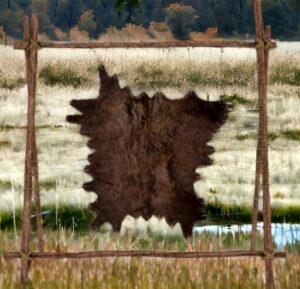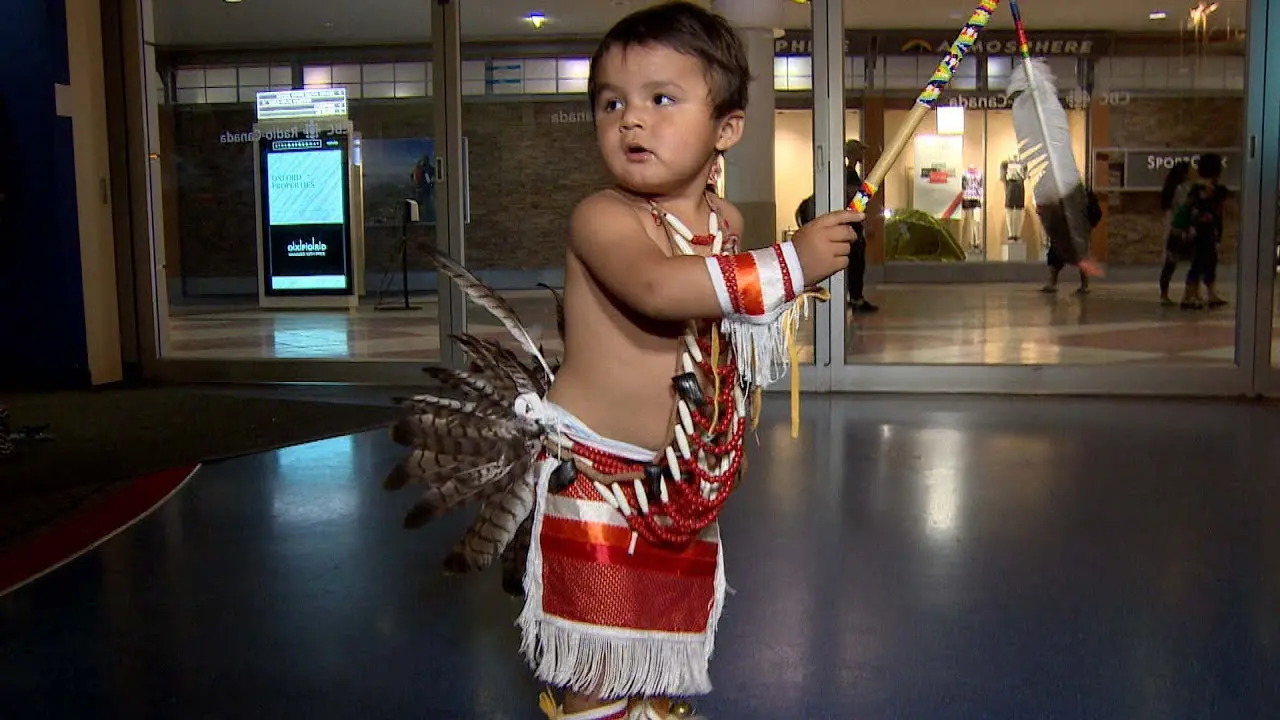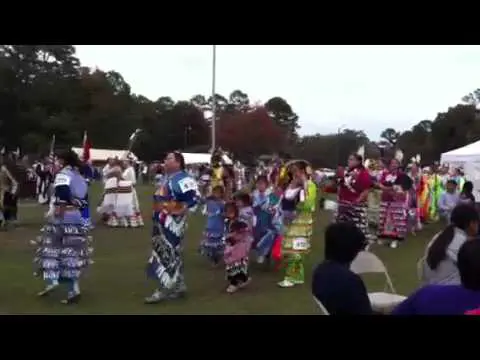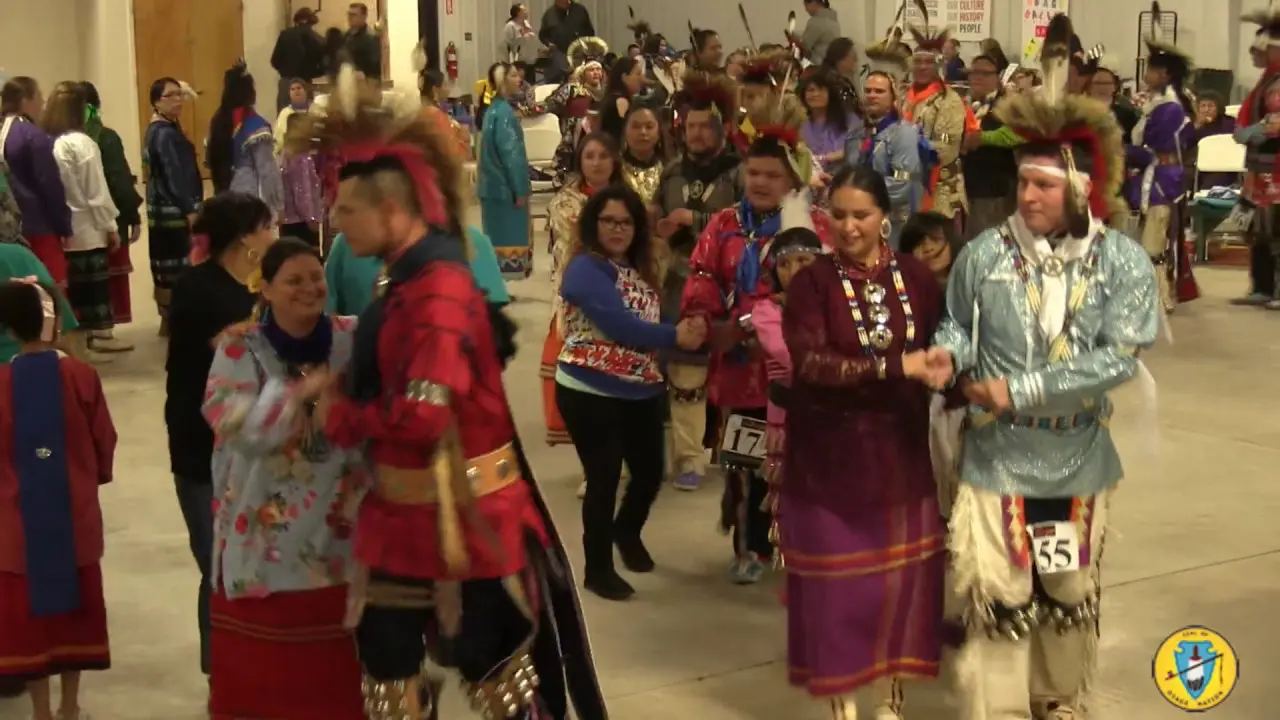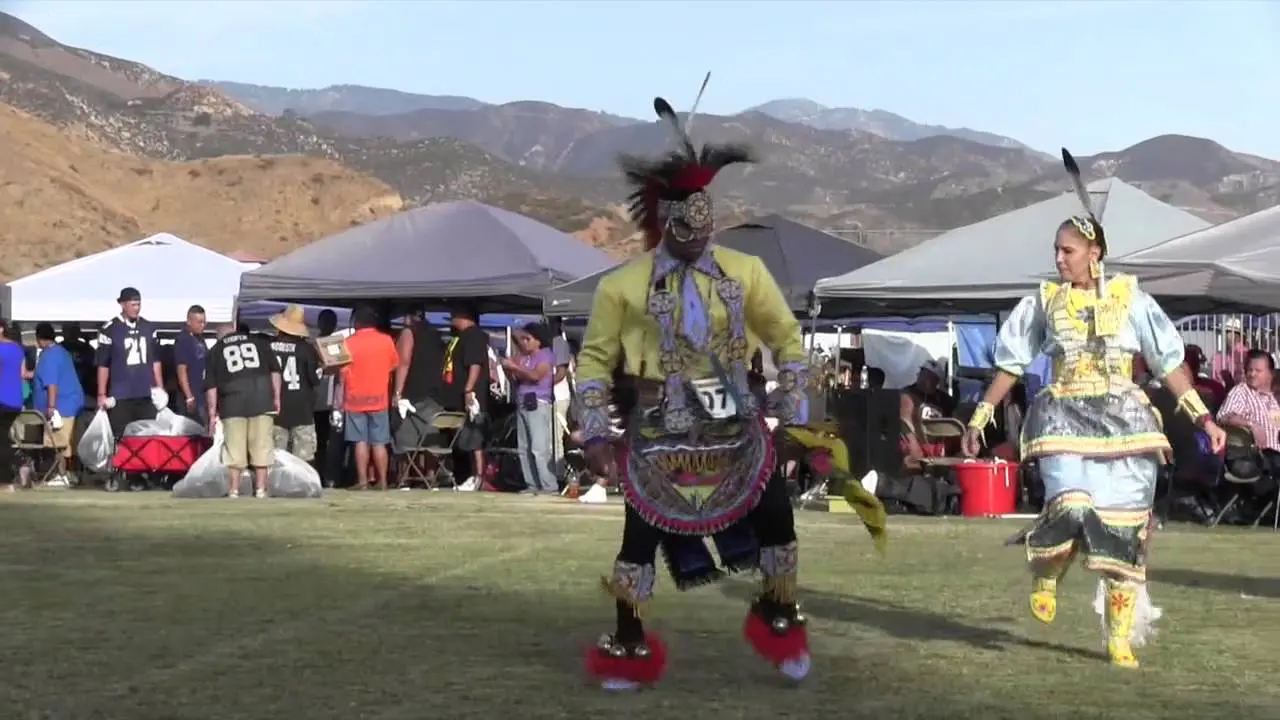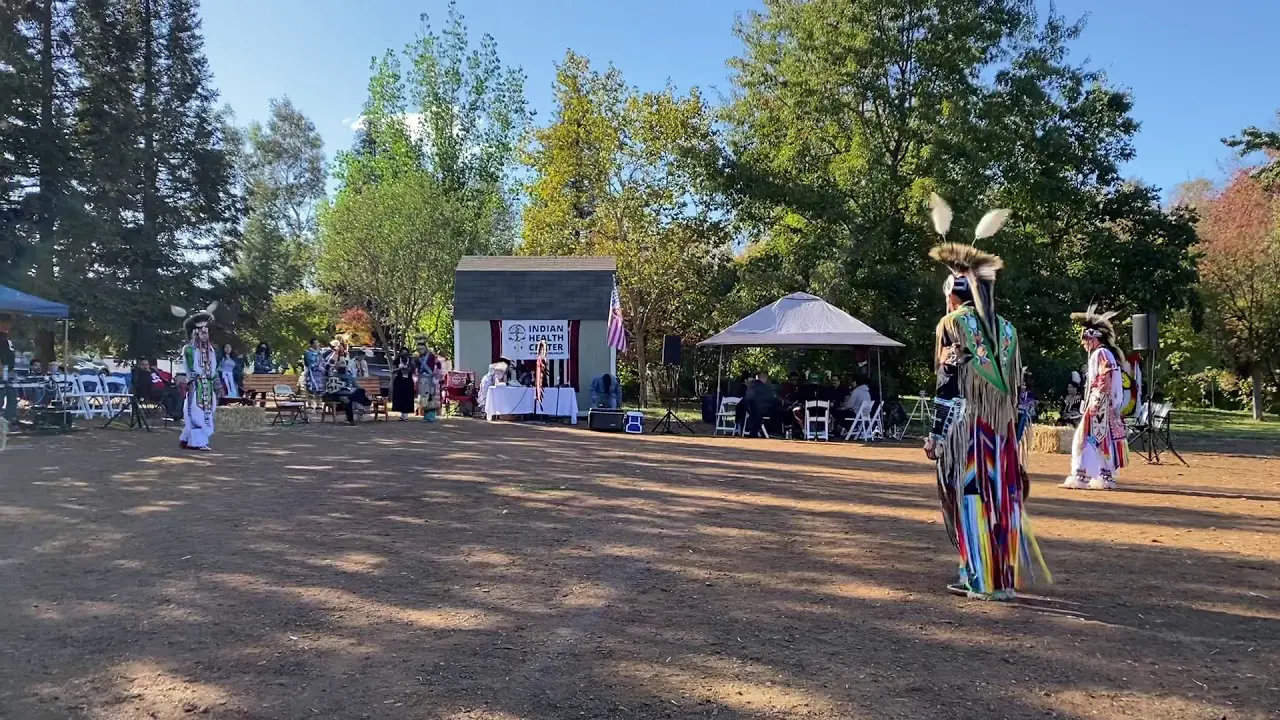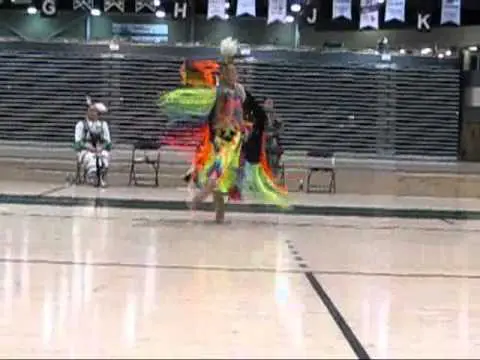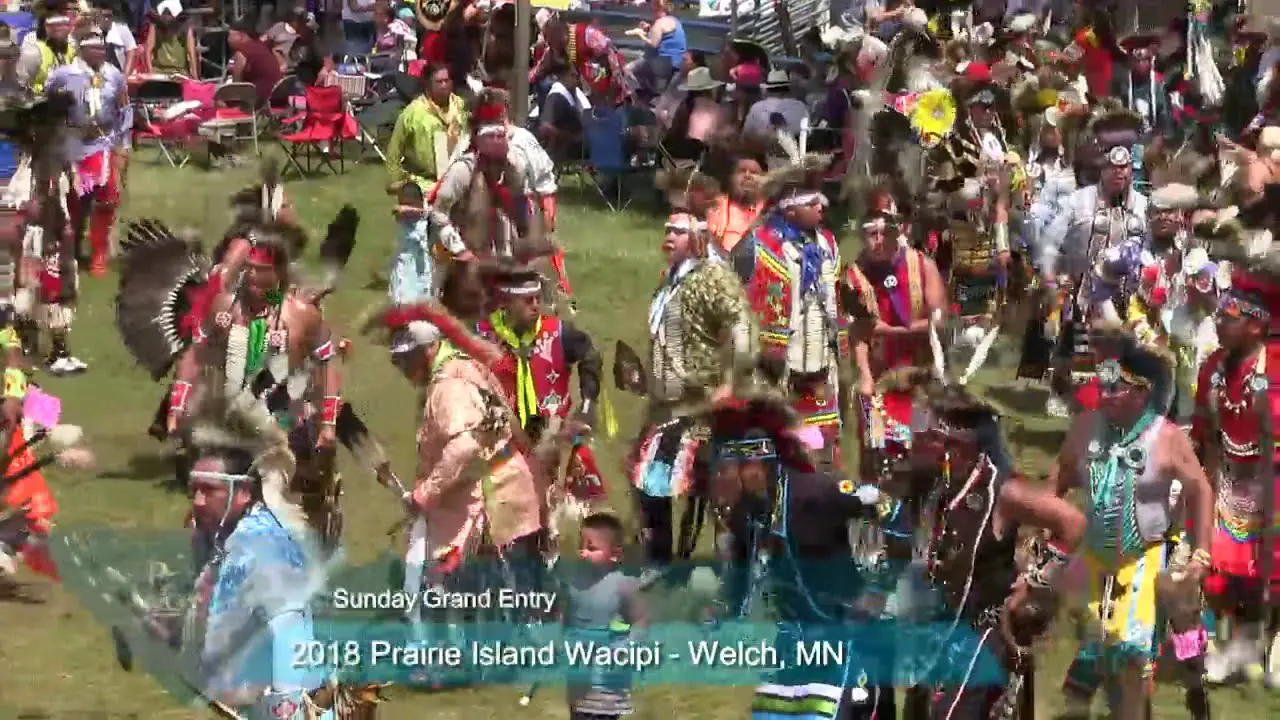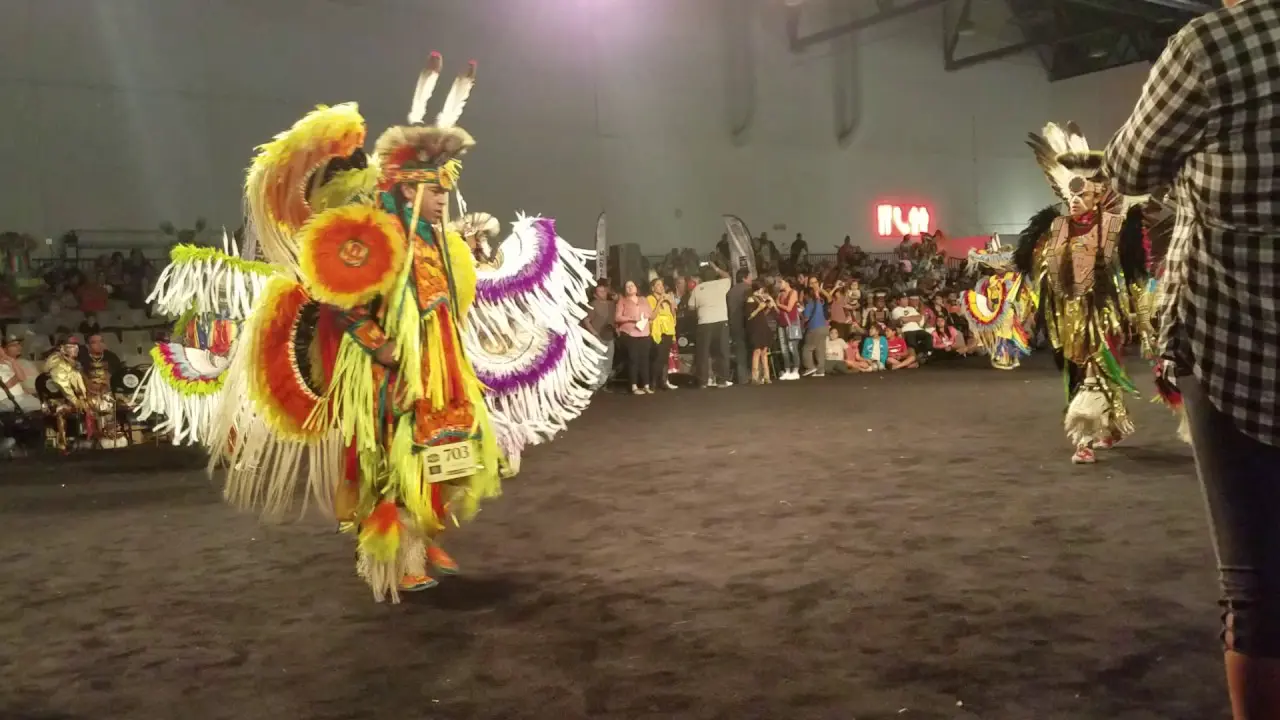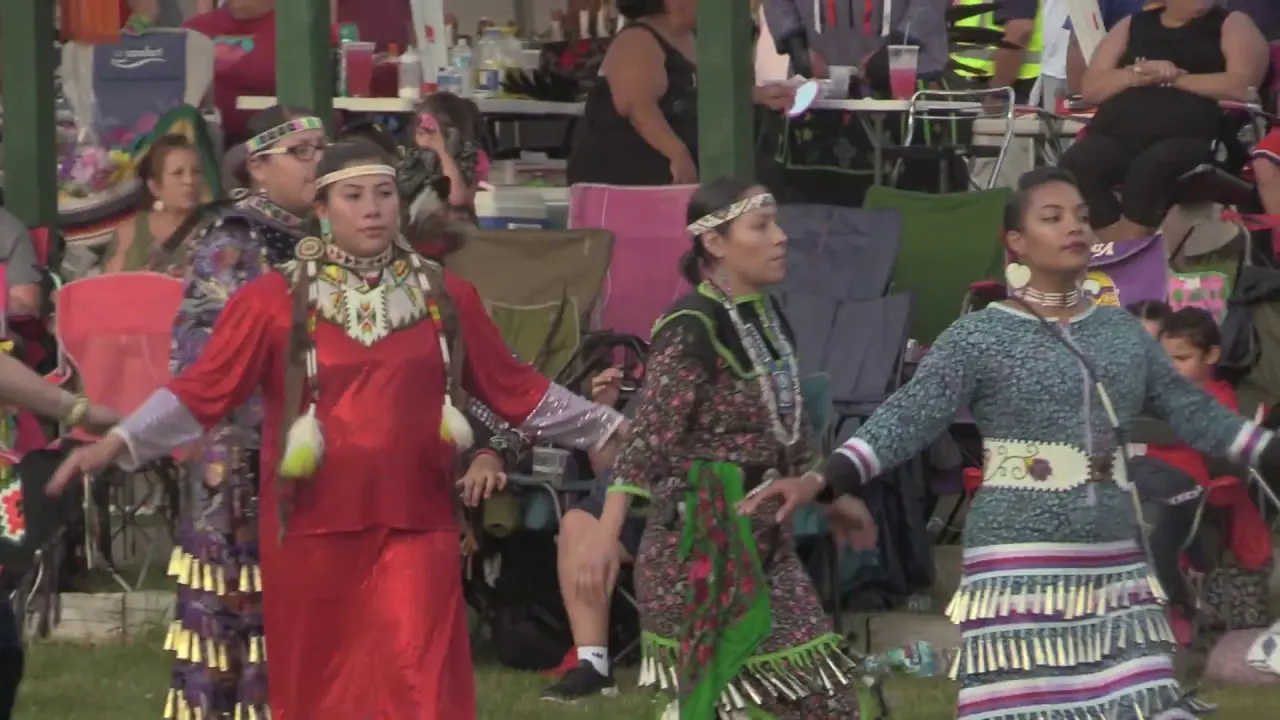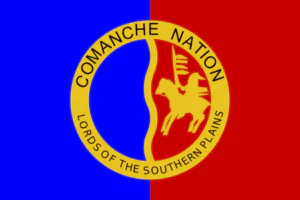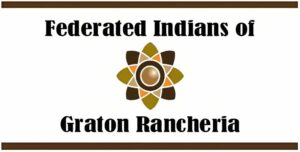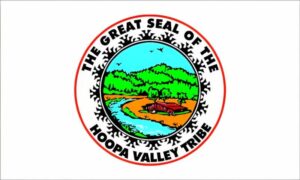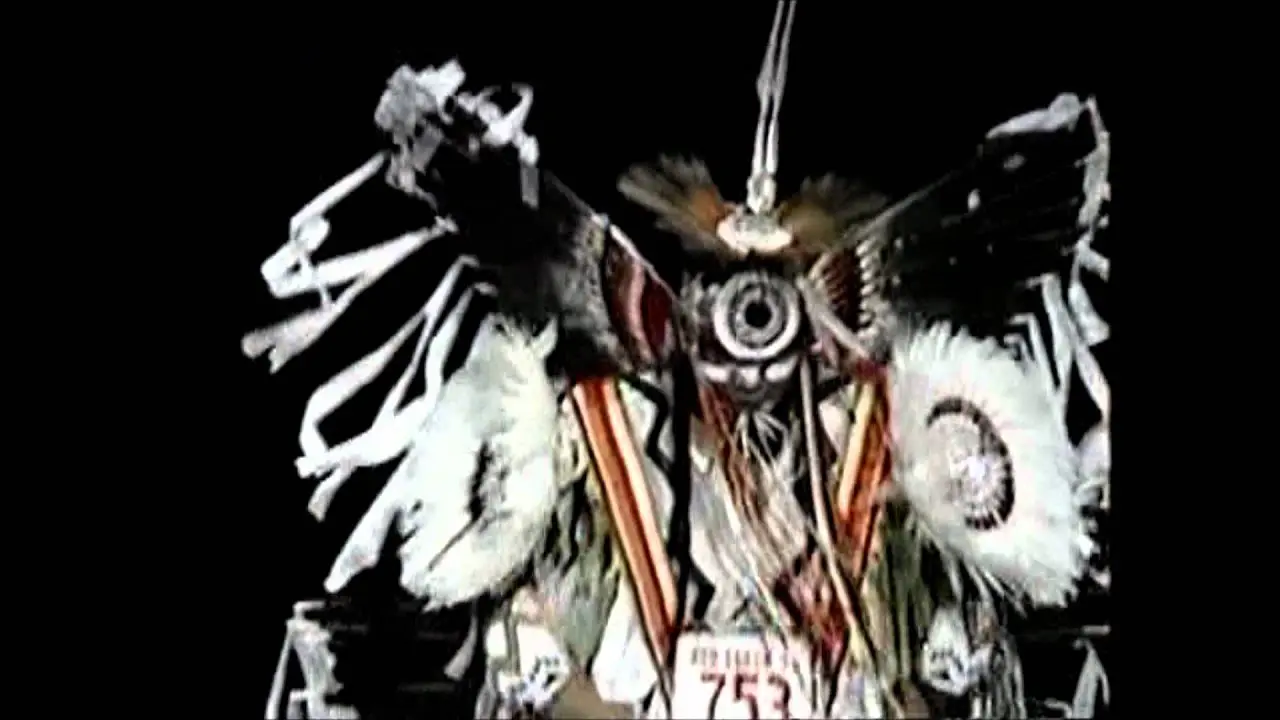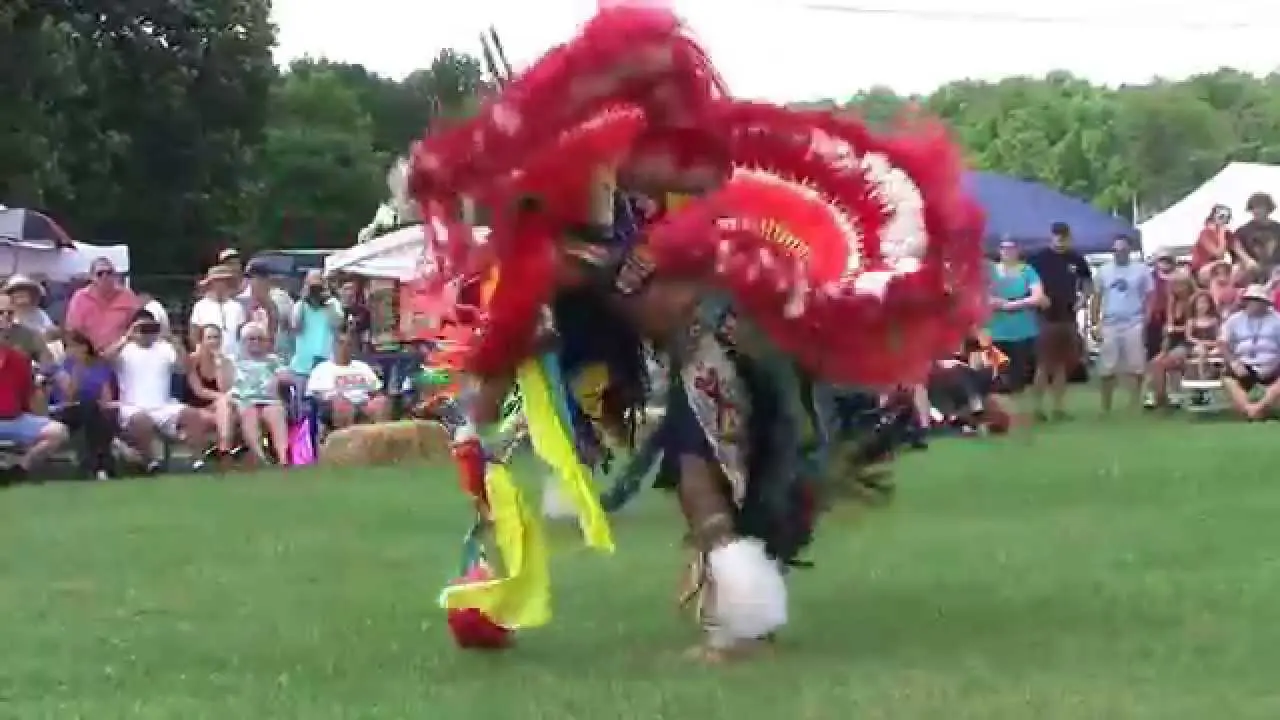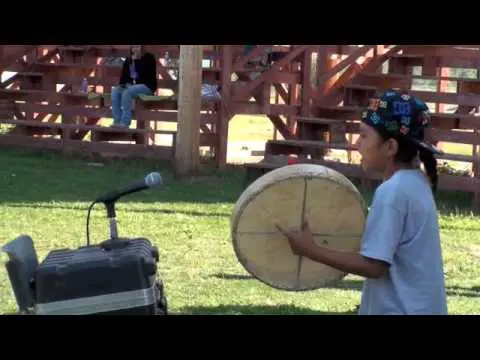Introduction to the Kashia Band of Pomo Indians of the Stewarts Point Rancheria, California
Nestled along the picturesque coastline of Northern California, the Kashia Band of Pomo Indians of the Stewarts Point Rancheria boasts a rich heritage that dates back thousands of years. As one of the many tribes of the Pomo people, they have fostered a deep connection to the land, language, and traditions that continue to thrive today.With a vibrant culture shaped by centuries of history, the Kashia people have adapted to modern challenges while keeping their ancestral practices alive.
The Stewarts Point Rancheria, established in 1912, serves as the heart of the Kashia community, providing a gathering place for cultural expression, economic growth, and social resilience. The tribe’s commitment to preserving their language, singing songs, and passing down conventional crafts reflects their unwavering dedication to cultural revival and education. Today, the Kashia Band continues to work toward sustainability, environmental stewardship, and community empowerment, ensuring that future generations can appreciate the rich legacy of their ancestors.
Through their various initiatives, the Kashia Band of Pomo Indians actively engages with both local and broader communities, promoting understanding and respect for Native American culture. Whether it’s through traditional dance performances, educational programs, or collaborative projects, the Kashia people embody a spirit of resilience and hope. As you dive deeper into their story, you’ll discover how the Kashia Band is not only preserving the past but also shaping a vibrant future for themselves and their descendants in the stunning region of Stewarts Point, California.
Origin Of The People
The Kashia Band of Pomo Indians, primarily located in the Stewarts Point Rancheria of California, traces its origins to the broader Pomo culture, which has inhabited present-day Northern California for thousands of years. The Kashia people are one of several bands within the Pomo tribes, each with unique linguistic and cultural traits. Historical records and oral traditions indicate that the Kashia have been interconnected with the region’s rich natural resources, utilizing the coastal and inland environments for sustenance, spiritual practices, and cultural activities.
Traditionally, the Kashia lived along the scenic coastline and in the redwood forests, drawing heavily on the diverse ecosystems surrounding their territory. They engaged in fishing, hunting, and gathering, relying on salmon runs, acorns, and various shellfish for their diet.This profound relationship with the environment is a cornerstone of Kashia cultural identity. The tribe’s proficiency in basket weaving, as a notable example, reflects an intimate understanding of local plant life, showcasing artistry and resourcefulness.
The Kashia Band maintains its distinctive traditions, languages, and customs, which have been preserved through generations despite the challenges posed by colonization and modern societal changes. The resilience of the Kashia people is evident in their efforts to revitalize their language and cultural practices,fostering a strong sense of community among members. In addition to preserving their heritage, the Kashia Band is actively involved in environmental stewardship initiatives, ensuring that future generations have access to the lands and resources that are central to their identity.
As a federally recognized tribe, the Kashia Band of Pomo Indians has been able to engage in self-governance and develop community programs that promote education, economic development, and cultural preservation. Their ongoing efforts to reconnect with their origins and sustain their culture not only benefit the tribe but also contribute to the broader understanding of indigenous history and heritage in California.
Tribal Homelands
The Kashia Band of Pomo Indians, residing at the Stewarts Point Rancheria in Northern California, has a rich cultural heritage intrinsically linked to their ancestral homelands. The Kashia people have inhabited this region for thousands of years, primarily along the scenic Sonoma Coast, where lush landscapes, coastal bluffs, and abundant natural resources offered not only sustenance but also spiritual importance.
The geographic area traditionally occupied by the Kashia extends from the Russian River in the north to the enchanting waters of the Pacific Ocean in the west. This varied terrain includes coastal wetlands, forests, and valleys, which supported a diverse array of flora and fauna. Such ecological diversity enabled the Kashia to thrive, as they practiced sustainable hunting, fishing, and gathering methods that honored the land and its resources.
The Kashia Band’s cultural and spiritual practices are deeply rooted in their connection to these tribal homelands.Sacred sites, such as ancient village locations and ceremonial grounds, reflect the tribe’s long-standing relationship with the environment. These areas are not just historically significant; they continue to play a crucial role in cultural rituals, storytelling, and traditional ecological knowledge, which teaches younger generations the importance of stewardship over their land.Today, the Stewarts Point Rancheria serves as a contemporary home for the Kashia Band, but their connection to the land remains unchanged. The tribe actively engages in efforts to restore and protect their ancestral territories, enhancing biodiversity and cultural heritage through various initiatives. Programs focused on land management and environmental conservation ensure that the Kashia people continue to thrive and share their rich legacy with future generations, preserving both their identity and the natural beauty of their beloved homeland.
Interactions With Settlers
The Kashia Band of Pomo Indians, based in the Stewarts Point Rancheria of California, have a rich history of interaction with settlers, both positive and negative, that has shaped their community and culture.
Positive interactions primarily revolved around trade and cultural exchanges. Early settlers, attracted by the region’s abundant resources, found valuable partners in the Kashia. The tribe’s deep understanding of the land, including its flora and fauna, allowed settlers to learn sustainable practices. Moreover,these interactions often included shared festivities and collaborative gatherings,where storytelling,traditional dances,and crafting skills were exchanged. Such events fostered a degree of mutual respect and understanding, as settlers began to appreciate the complexities of Kashia culture.
On the negative side, the arrival of settlers led to significant displacement and disruption of the Kashia people’s traditional way of life.The encroachment of settlers into their ancestral lands resulted in reduced access to vital resources such as fishing grounds and gathering sites, significantly impacting their food sources and cultural practices.Conflicts often arose over land use and rights,leading to tensions that would echo through generations. The enforcement of treaties, intended to protect the Kashia’s land, frequently fell short, as settlers and their government sought to expand their territory at the expense of indigenous rights.
As the settler population grew, so did the pressures on the Kashia Band of Pomo Indians, leading to a complex relationship characterized by both cooperation and conflict. The legacy of these interactions continues to influence the community today, as the Kashia actively engage in efforts to reclaim and preserve their cultural heritage, while also navigating the challenges of modern land use and environmental conservation.
Most Notable Events In Their Tribal History
The history of the Kashia Band of Pomo Indians of the Stewarts Point Rancheria is rich and marked by resilience through significant events that have shaped their identity and culture. Historically, the Kashia people inhabited the coastal regions and inland areas of northern California, relying on abundant natural resources for sustenance, including fish, acorns, and game.
One of the most notable events in their tribal history occurred during the mid-19th century when European settlers began encroaching on their ancestral lands. The California Gold Rush led to increased migration and land disputes, which severely impacted the Kashia community. Many were forcibly removed from their lands, leading to significant cultural disruptions and population declines due to diseases introduced by settlers.
In the 1900s, the Kashia Band faced further challenges when the U.S. government enacted policies aimed at assimilating Indigenous peoples, including the establishment of boarding schools. These institutions sought to erase native languages and traditions, leaving a lasting impact on the Kashia culture. Despite these efforts, the Kashia people maintained their cultural practices and community ties.
A significant turning point for the Kashia Band came in 1971, when they were recognized as a federally acknowledged tribe, which allowed them to regain some of their lost rights and lands. This recognition paved the way for the establishment of the Stewarts Point Rancheria, a critical reserve for the tribe, allowing for community development and cultural revitalization.
In recent decades, the Kashia Band has focused on reconnecting with their traditional practices and language through various programs and initiatives. Environmental stewardship, which is deeply rooted in their culture, has become a focal point of their activism, particularly concerning the preservation of coastal ecosystems and the protection of sacred sites.
The Kashia community continues to celebrate their heritage through cultural events, storytelling, and the revitalization of traditional crafts. These efforts serve not only to honor their ancestors but also to educate future generations about the rich tapestry of Kashia history, ensuring that their vibrant culture endures in the face of ongoing challenges.
Where Are Their Tribal Lands Now And How Were They Established
The Kashia Band of Pomo Indians, located in Northern California, is primarily situated on the Stewarts Point Rancheria, which encompasses approximately 1,344 acres. This land is part of the ancestral territory of the Kashia people, whose heritage and connection to the land span thousands of years. The establishment of the rancheria dates back to the early 20th century, specifically in 1917, when the United States government recognized the need to provide specific lands for indigenous groups.
The Stewarts Point Rancheria was formally established through an act of Congress, which aimed to restore some land to the Kashia Band after decades of land dispossession. Prior to this, the Kashia people faced significant challenges due to colonization, land loss, and forced assimilation policies, which greatly impacted their livelihood and culture. In recognizing the historical injustices faced by the tribe,the rancheria served as a critical step toward self-determination and cultural revitalization for the Kashia.
Today,the tribal lands of the Kashia Band of Pomo Indians are not only a home for the community but also a sanctuary for their rich traditions,language,and cultural practices. The landscape around Stewarts Point offers beautiful coastal views and diverse ecosystems,which are integral to the tribe’s historical subsistence activities such as fishing,hunting,and gathering. The clan’s connection to their land is paramount, emphasizing their role as stewards of the environment, which reflects a deep-rooted understanding of the natural world.The tribe continues to advocate for environmental preservation and sustainable practices, fostering relationships with neighboring communities and organizations. Through their presence on the Stewarts Point Rancheria,the Kashia Band of Pomo Indians embodies resilience and the ongoing journey toward sovereignty,preserving their unique identity and culture for future generations.
Modern Concerns Of The Tribe
The Kashia Band of Pomo Indians of the Stewarts Point Rancheria faces a myriad of modern concerns that intertwine cultural preservation, economic development, and environmental stewardship. One of the paramount issues for the tribe is the preservation of their rich cultural heritage amidst ongoing urbanization and globalization. As younger generations are drawn to the conveniences of contemporary life, initiatives to revitalize traditional practices, languages, and teachings are essential. This often involves community-organized events, educational programs, and partnerships with local schools to ensure that the tribe’s history and practices are passed down.
Economic development is another critical concern for the Kashia Band. Like many Native American tribes, they are exploring avenues to promote financial independence while maintaining their cultural integrity. Tribally-owned enterprises, such as eco-tourism and sustainable farming, have gained popularity as a means to boost revenue without compromising their environmental values. The tribe’s commitment to green initiatives reflects a deep-rooted respect for their ancestral lands and resources, making sustainable practices a cornerstone of their economic strategy.
Environmental challenges also pose significant threats to the Kashia Band’s traditional way of life. Climate change, in particular, has impacted local ecosystems, affecting both natural resources and traditional subsistence practices. Rising sea levels and changes in weather patterns threaten their coastal habitat, pushing the tribe to engage in conservation efforts and to advocate for policies that safeguard their environment. By collaborating with environmental organizations, the Kashia Band works to protect vital habitats and promote biodiversity in their ancestral territories.
Additionally, legal and political issues remain at the forefront of the tribe’s concerns, as they navigate complex relationships with local and state governments regarding land rights and resources. The quest for federal recognition and the ability to self-govern are ongoing issues that require attention, advocacy, and unity among tribal members. Ensuring that their voices are heard in political discussions is crucial as they work towards self-determination and sovereignty.the Kashia Band of Pomo Indians faces contemporary challenges that require a balanced approach to preserve their cultural identity, foster economic growth, and protect the environment. Through resilience, community engagement, and proactive measures, the tribe strives to navigate the complexities of modern life while honoring their rich heritage.
Events And Other Social And Political Activities
The Kashia Band of Pomo Indians of the Stewarts Point Rancheria actively engages in various social and political activities that reflect their rich cultural heritage and commitment to community welfare. The tribe organizes events such as traditional powwows, which serve as a vibrant showcase of their culture, featuring traditional music, dance, and craft exhibitions. These gatherings not only strengthen community bonds but also promote awareness and thankfulness of Pomo traditions among visitors.
In addition to cultural events, the Kashia Band is involved in political advocacy, primarily focused on issues affecting Native American rights and land preservation. The tribe works diligently to maintain their sovereignty and works with local, state, and federal governments to ensure that their voice is heard in policy-making. This includes participation in discussions regarding natural resource management and environmental protection efforts critical to their ancestral lands.
Education plays a vital role in the Kashia community as well.The tribe hosts workshops and cultural education programs aimed at both tribal members and the larger public. These educational initiatives focus on the Pomo language, history, and traditional ecological knowledge, reinforcing the importance of passing down cultural wisdom to future generations and fostering understanding among non-Native audiences.The Kashia Band also engages in collaborations with other tribes and organizations, creating a network of support for broader Native American causes. This collaboration amplifies their efforts in areas such as healthcare access, economic development, and educational opportunities for tribal youth. Through these partnerships, the Kashia Band of Pomo Indians cultivates a stronger, united front in advocating for their rights and the well-being of their community, all while preserving the essence of their cultural identity.
The tribe’s involvement in political and social activities reflects a profound commitment to not only preserving their heritage but also enhancing the quality of life for their members and contributing to a more equitable society. These efforts ensure that the Kashia Band remains a pivotal force in advocating for the needs and rights of Native American peoples in California.







